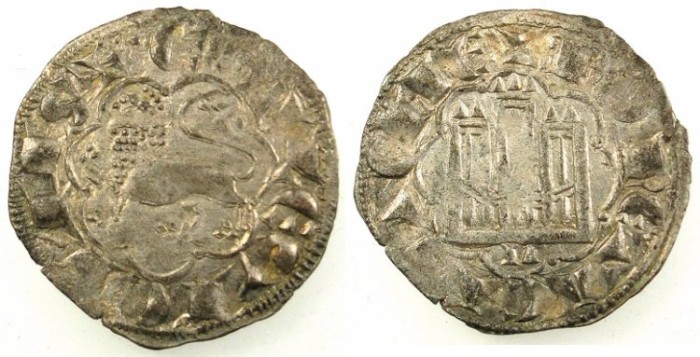
It also sent several named passenger trains to the city including the Florida Sunbean (later the New Royal Palm), Royal Palm, Queen & Crescent, and of course the Ponce de Leon.

The meeting point was at Atlanta and as one might imagine dozens of trains called at the city's Terminal Station daily.Ĭincinnati became a vitally important connection for the Southern as it interchanged freight there with Midwestern roads like the Baltimore & Ohio, Chesapeake & Ohio, New York Central, and Pennsylvania. with Atlanta, Birmingham, Memphis, New Orleans, Mobile, and the northern region of Florida.Īccording to Tom Murray's book, " Southern Railway," the system's primary passenger routes resembled a large "X" with trains hailing from both the nation's capital to New Orleans as well as Florida via the Queen City (Cincinnati). Once the Southern's system was more or less complete by the World War I era it blanketed the South connecting Cincinnati and Washington, D.C. Until the late 1950s the Leon continued offering sleeper service and remained on the Southern's timetable for roughly another decade as a coach-only train until it was finally canceled during the late 1960s. Unfortunately, it is most often remembered for the horrific wreck in which it was involved soon after entering service that killed more than a dozen people. The train was established after World War I and served the Sunshine State.

It was named after the Spanish explorer who was with Columbus during his second trip to the Americas and discovered Florida himself while searching for the mythical Fountain Of Youth during 1513. The Spanish-named Ponce de Leon was one of several notable trains the Southern Railway dispatched out of Cincinnati.


 0 kommentar(er)
0 kommentar(er)
